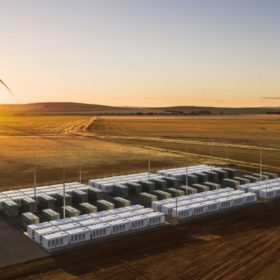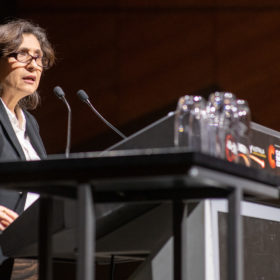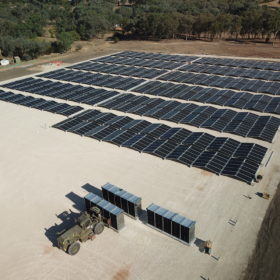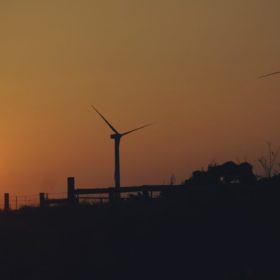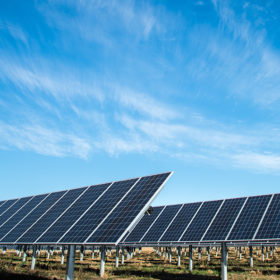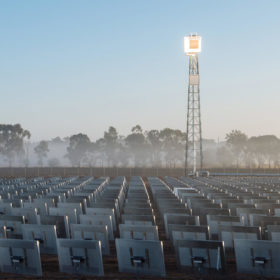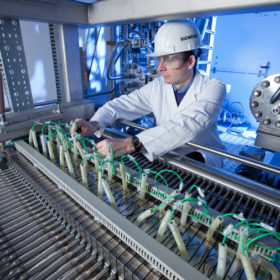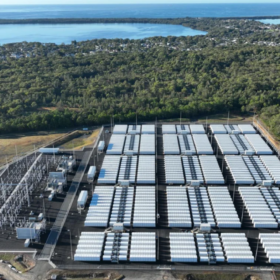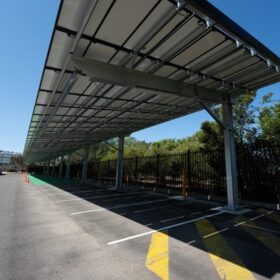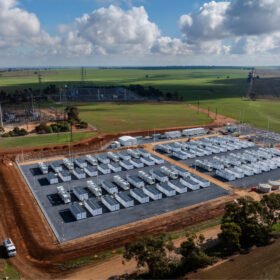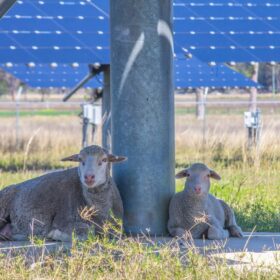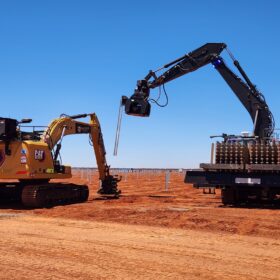Hornsdale posts big first-half revenue for Neoen, solar remains consistent despite poor conditions
Neoen’s Hornsdale Power Reserve has gone to work in the first half of 2020, virtually tripling the French renewables developer’s storage revenue on comparative 2019 levels. However, this growth was largely caused by a one-off event, and a slower Q2 highlights the need for FCAS policy renewal. Neoen’s Australian solar revenues could also achieve little more than consistency thanks to poor conditions.
Victoria expands Solar for Rentals program
The Victorian government has boosted its solar rental scheme with interest-free loans in addition to two rebates per financial year landlords were already able to access.
Federal government awards major project status to Sun Cable’s 10 GW solar plan
The Australian federal government is fast-tracking the world’s biggest solar and storage project in the sun-drenched Tennant Creek region that aims to power Darwin and export solar from the outback to Singapore and eventually Indonesia via a submarine transmission link.
Iberdrola locks in improved takeover offer for Infigen
Infigen Energy on Friday continued to unanimously recommend a revised offer from Iberdrola to its shareholders, after the Spanish renewable energy giant locked in an $893 million offer.
Tesla EVs show profit while solar business hits new lows in revenue and deployment
It was a series of firsts, including a profitable full year and Megapack turning a profit that factored into CEO Elon Musk explaining that he has “never been more optimistic or excited about the future of Tesla.” Austin is confirmed as the site of the next Gigafactory.
Industry super fund calls on Govt to heed investors and end policy vacuum
Hesta, a leading industry superannuation fund trusted by 860,000 Australians, has joined a host of other major investment firms nationwide calling on the Federal Government to encourage large-scale renewable investment by setting an emissions target and cleaning up its strategy.
Vast Solar eyes $600 million solar hybrid plant for Mount Isa
A dispatchable hybrid solar project has been proposed by the Australian solar thermal specialist to power the community and resources sector in the Mount Isa region of Queensland.
Green hydrogen to reach price parity with grey hydrogen in 2030
IHS Markit’s latest report looks at a wave of new investments in large-scale projects. Economies of scale and technological improvements, as well as renewables deployment, could make green hydrogen price-competitive with grey and blue hydrogen.
Green Peak Energy and Energy Ease partner up to make green energy PPAs easy
Solar PPAs are now easier than ever to acquire for large companies and enterprise thanks to the partnership of Green Peak Energy and Energy Ease. The duo have joined forces to offer the Energy Ease PPA, a one stop shop for large solar PPAs and financing.
AEMC gives energy businesses extra three months breathing space before major market reform
The Australian Energy Market Commission (AEMC) has decided to give energy businesses an extra three months to prepare the IT overhaul necessary for the five-minute settlement market reform. The decision comes in response to concerns that the unprecedented impacts of Covid-19 necessitated extra breathing space.
